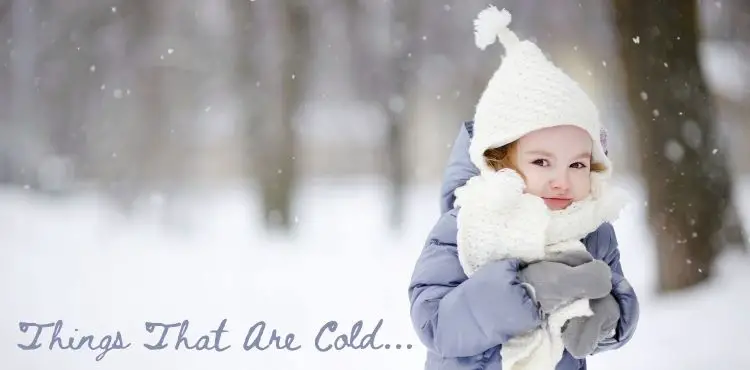As someone who loves the winter season, I can’t help but appreciate all the things that are cold. From icy drinks to snowflakes, there’s something about the chill that’s both refreshing and invigorating.
As I observe my surroundings, I notice various things that are cold. Some of these cold things are ice, ice-cream, snowflakes, igloo, Popsicles, Ice cubes, winter, fog and so on. Some of them are natural, while others are human-made.
In this article, I’ll explore some of the most interesting cold things, and why they’re so fascinating. So, grab a warm blanket and a hot beverage, and let’s embark on an adventure into the chilly unknown.
A List of Things That Are Cold Explained
Here is a list of common and uncommon cold things:
Ice

Ice is a solid form of water that is well-known for its cold temperature. It forms when water molecules slow down and solidify due to a drop in temperature, typically at or below the freezing point of water, which is 0 degrees Celsius.
Ice is characterized by its transparent or translucent appearance and can take on various crystalline structures, with hexagonal ice being the most common form.
It is known for its remarkable ability to absorb heat from its surroundings, which results in a cooling effect.
Snowflakes
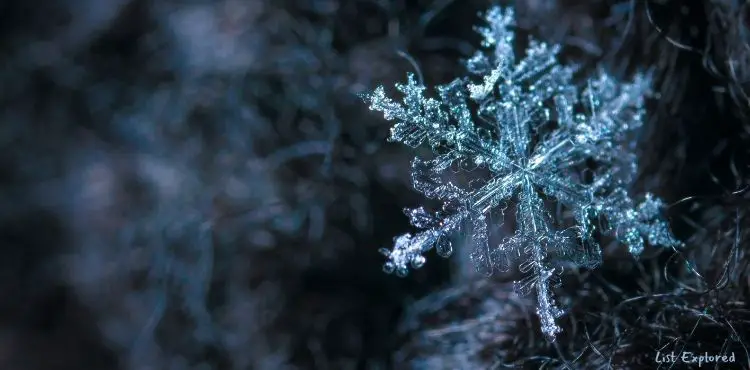
Snowflakes are intricate ice crystals that form when water vapor freezes in cold temperatures in the Earth’s atmosphere.
They are renowned for their delicate and intricate beauty, with each snowflake having a unique and symmetrical hexagonal structure. Because they are made of ice, snowflakes are very cold to the touch.
When they fall from the sky and land on the ground, they contribute to the cold and wintry landscape associated with winter.
Fog

Fog is a meteorological phenomenon that is often associated with cold or cool conditions, although it can occur at various temperatures.
It is not inherently cold itself, but it is closely linked to temperature and moisture conditions that are commonly associated with colder weather.
Fog is often encountered during chilly, damp, or misty conditions, which contribute to the perception of coldness. It can reduce visibility and create a damp, cool feeling in the environment.
Ice-cream
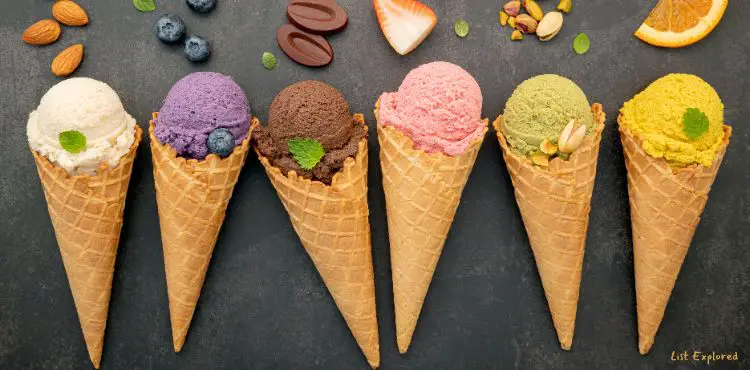
Ice cream is a delightful and popular frozen dessert known for its cold and creamy characteristics.
It is a sweet and indulgent treat that is enjoyed worldwide, especially on hot days, as its refreshing coldness provides relief from the heat.
Ice cream is often served with toppings like hot fudge, caramel, sprinkles, and nuts, creating a delightful combination of hot and cold sensations.
It is a popular dessert choice for people of all ages, and it’s commonly found in ice cream parlors, dessert shops, and even in your own freezer at home.
Freezer
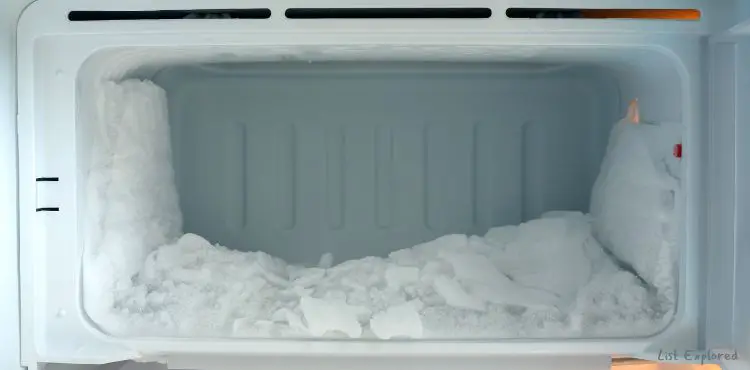
A freezer is a household appliance or storage unit designed to maintain and operate at extremely low temperatures, typically well below the freezing point of water.
It is used for preserving and storing food, beverages, and various other items at cold or frozen temperatures.
Freezers are equipped with a refrigeration system that cools the interior space to temperatures typically ranging from -18 to -23 degrees Celsius (-0.4 to -9.4 degrees Fahrenheit) or even lower, depending on the specific setting.
Igloo
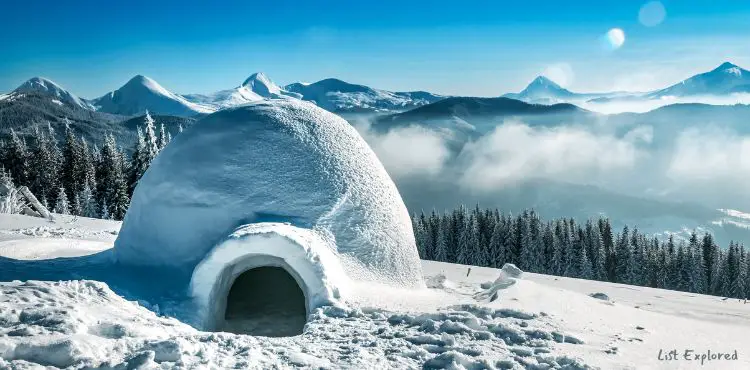
An igloo is a traditional Inuit and Eskimo shelter made of ice and snow, and it is closely associated with cold and Arctic environments.
It is constructed from blocks of ice and compacted snow, and it serves as a protective, insulated structure in the extremely cold environments of the polar regions.
The word “igloo” is derived from the Inuit word “iglu,” which means “house.” These remarkable cold-weather dwellings are ingeniously designed to provide effective insulation and maintain a relatively warmer and stable temperature inside, even when the outside environment is frigid.
Frozen Yogurt

Frozen yogurt is often referred to as “froyo.” And it’s a popular frozen dessert that shares similarities with ice cream but is typically lower in fat and contains yogurt cultures.
Frozen yogurt is a frozen dessert made with yogurt, sugar, and flavorings, offering a lighter and tangier alternative to traditional ice cream.
Popsicles
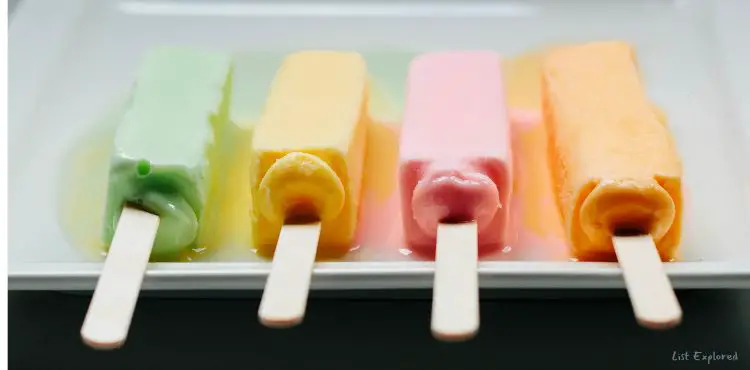
Popsicles is also known as ice pops or ice lollies, are frozen treats on a stick that come in various flavors and colors.
These are made by freezing flavored liquid, typically a mixture of water or fruit juice, and sugar.
The liquid is poured into mold cavities, and a stick is inserted into each compartment before freezing.
The result is a refreshing and portable frozen treat that can be enjoyed by people of all ages, especially on hot days.
Winter

Winter is one of the four seasons, characterized by its colder temperatures, shorter days, and longer nights.
Winter typically occurs in the temperate and polar regions of the Earth and is associated with a drop in temperatures.
Winter is often associated with holidays and festivities, such as Christmas and New Year’s Eve, bringing people together to celebrate and enjoy the spirit of the season.
The colder temperatures also lead to changes in fashion, with people donning warm clothing, coats, scarves, and hats to stay comfortable in the chilly weather.
North Pole
The North Pole is the northernmost point on Earth and is located at the geographic North Pole. It’s situated in the middle of the Arctic Ocean and is surrounded by constantly shifting sea ice.
Temperatures at the North Pole are extremely cold, reaching well below freezing for most of the year.
It’s a region characterized by harsh conditions, with extreme cold, long periods of darkness in winter, and constant ice movement due to the drifting pack ice.
Slurpee
Ah, the Slurpee—a delicious frozen drink that’s often associated with 7-Eleven stores! It’s a flavored, ice-cold beverage known for its slushy texture and vibrant colors.
People love the Slurpee for its variety of flavors, from classic ones like cherry and cola to more adventurous ones like blue raspberry or sour green apple.
Lemonade
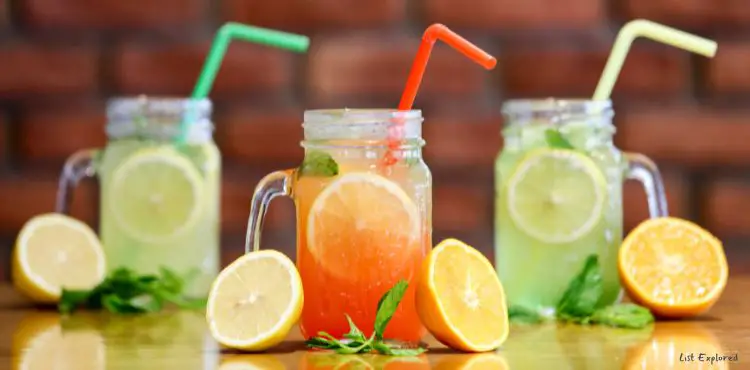
Lemonade is a classic and refreshing drink made from lemon juice, water, and sweetener, often sugar or syrup.
It’s a popular summer beverage known for its tart and sweet flavor combination.
While traditional lemonade comprises lemon juice, water, and sugar, there are many variations.
Some people add a splash of other fruit juices like raspberry or strawberry to create different flavors. Some prefer it still, while others enjoy it fizzy or sparkling.
Ice Storm
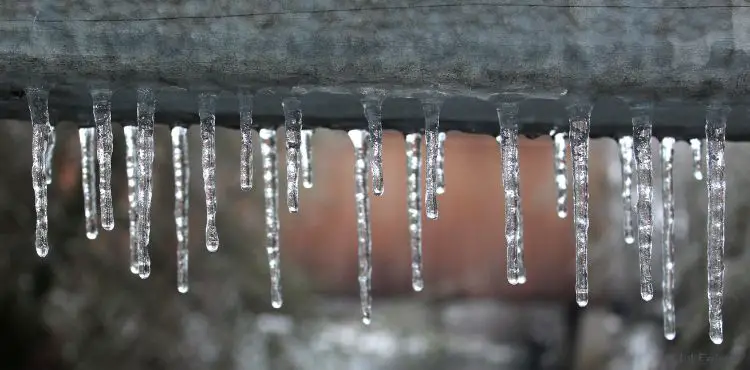
An ice storm occurs when freezing rain falls and coats surfaces, such as trees, roads, and power lines, with a layer of ice.
This phenomenon happens when raindrops freeze upon contact with objects at or below freezing temperatures.
Ice storms can be highly disruptive and dangerous. The accumulation of ice on surfaces can make roads extremely slippery, leading to hazardous driving conditions and accidents.
The weight of the ice on trees and power lines can cause them to break or collapse, resulting in power outages and property damage.
Iced Tea
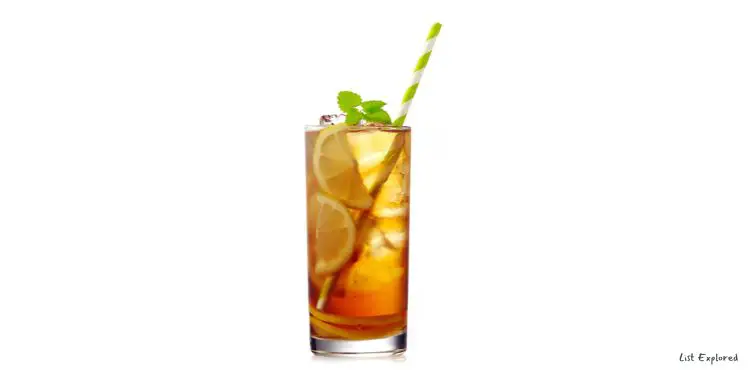
Iced tea is a wonderfully refreshing beverage made by brewing tea and then chilling it. It’s a popular drink, especially during summer or as a refreshing choice any time of year.
Iced tea is versatile and can be brewed in many ways, allowing for a wide range of flavors and strengths.
It’s a favorite for many who enjoy a cold, flavorful drink that can be easily customized to personal tastes.
Icecap
Icecap is a popular cold coffee beverage often found in coffee shops and cafes. It’s known for its creamy texture and combination of coffee and ice, making it a refreshing choice for coffee enthusiasts.
Typically, an Icecap consists of espresso or strongly brewed coffee that’s chilled or blended with ice to create a slushy texture.
Milk or cream is often added to give it a creamy consistency, and sweeteners or flavorings like vanilla or caramel can also be included to enhance the taste.
Dry-ice
Dry ice is solid carbon dioxide (CO2) at a temperature of about -78.5 degrees Celsius (-109.3 degrees Fahrenheit).
Unlike regular ice, which melts into a liquid form. Generally, dry ice undergoes sublimation, transitioning directly from a solid to a gas without passing through a liquid phase.
Cooler
A cooler, also known as an ice chest or chilly bin (in some regions), is a portable container used to keep items cool or cold.
It’s designed to maintain a lower temperature inside, typically by using insulating materials to reduce heat transfer and by incorporating ice or ice packs to maintain a cold environment.
The primary purpose of a cooler is to preserve the temperature of its contents, such as beverages, food, or perishable goods, by utilizing ice or cooling packs.
They are commonly made of plastic, metal, or fabric materials and often feature a lid that can be sealed to keep the cold air inside.
Air Condition
Air conditioning refers to the process of altering the temperature, humidity, and overall air quality within a specific space to create a more comfortable environment, especially during hot or humid weather conditions. It’s commonly abbreviated as AC or A/C.
Air conditioning not only cools the air but also helps in controlling humidity, improving air quality by filtering out allergens and pollutants, and creating a comfortable environment for occupants.
Killer Whale
The killer whale, also known as the orca, is one of the most recognizable and formidable predators in the ocean.
It’s a large, powerful marine mammal belonging to the dolphin family. Orcas are found in oceans all over the world, from the Arctic to the Antarctic, and are known for their distinctive black and white coloring.
Glacier
A glacier is a large, slow-moving mass of ice formed by the accumulation and compression of snow over many years.
Glaciers are found in regions where more snow falls each winter than melts during the summer, allowing the snow to accumulate and transform into ice over time.
Glaciers play a significant role in shaping the Earth’s surface and have important implications for climate and the environment.
Hail
Hail is a type of precipitation that occurs during thunderstorms. It forms when updrafts in a storm carry raindrops upward into extremely cold areas of the atmosphere, where they freeze into ice pellets.
Hailstones can vary in size, from tiny pellets to larger stones measuring several inches in diameter.
Permafrost
Permafrost refers to a type of ground that remains continuously frozen for at least two consecutive years.
It consists of soil, rock, or sediment that remains at or below the freezing point of water (0 degrees Celsius or 32 degrees Fahrenheit) for extended periods, often for centuries or even millennia.
This frozen layer exists in regions with extremely cold temperatures, primarily found in polar regions like the Arctic and Antarctic, as well as in some high-altitude mountainous areas.
Cryogenic Temperatures
Cryogenic temperatures refer to extremely low temperatures below -150 degrees Celsius (-238 degrees Fahrenheit) or 123 Kelvin.
At these temperatures, gases, and materials exhibit unique properties and behaviors that are not typically observed at higher temperatures.
Cryogenic temperatures have diverse applications across multiple fields, enabling advancements in technology, healthcare, and scientific research by harnessing the unique properties of materials at extremely low temperatures.
Final Words
At the end of this article, we can say that despite their chilly nature, cold things often bring a sense of freshness, clarity, and sometimes even a touch of magic to our world.
I promise to continually update this article as I find new things that are cold. Did I leave anything behind?
Please, let us know in the comments!
You may also like:
